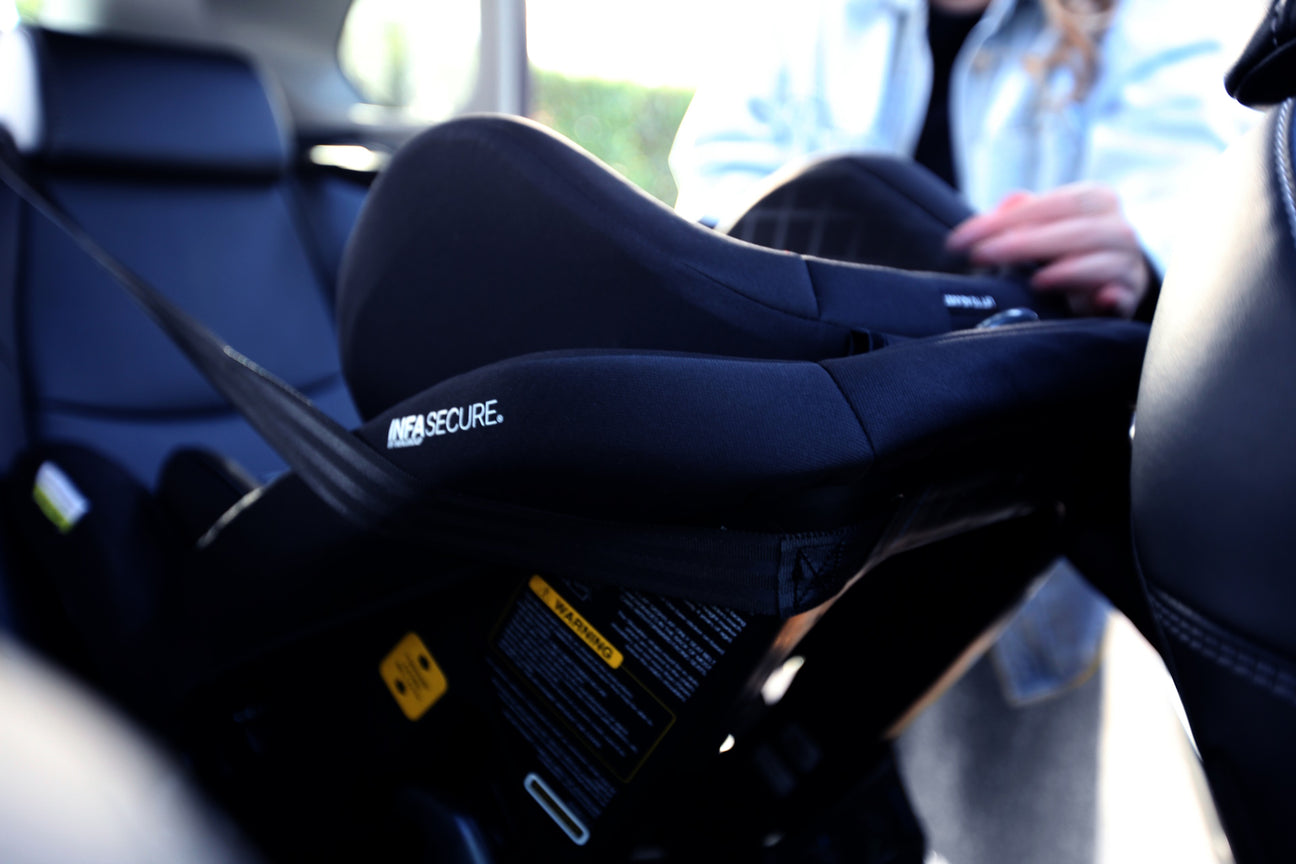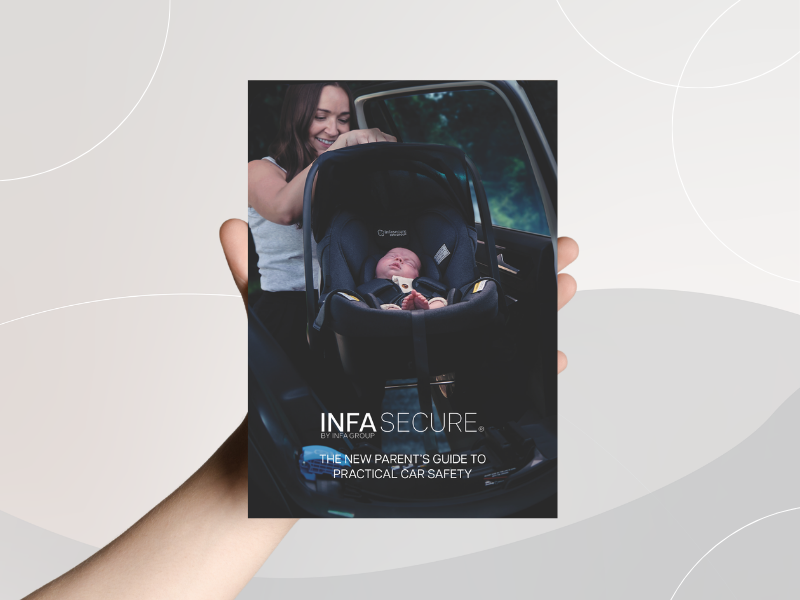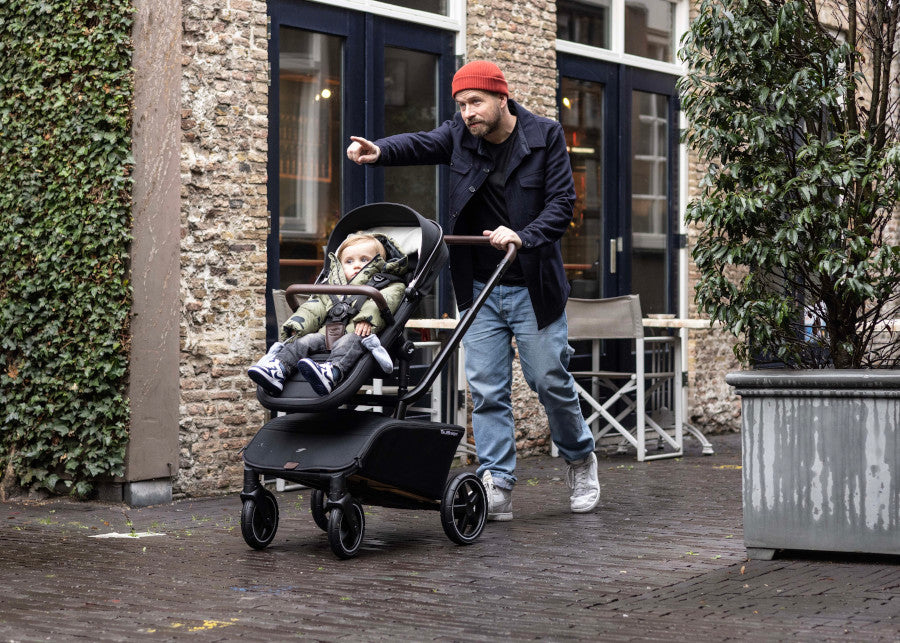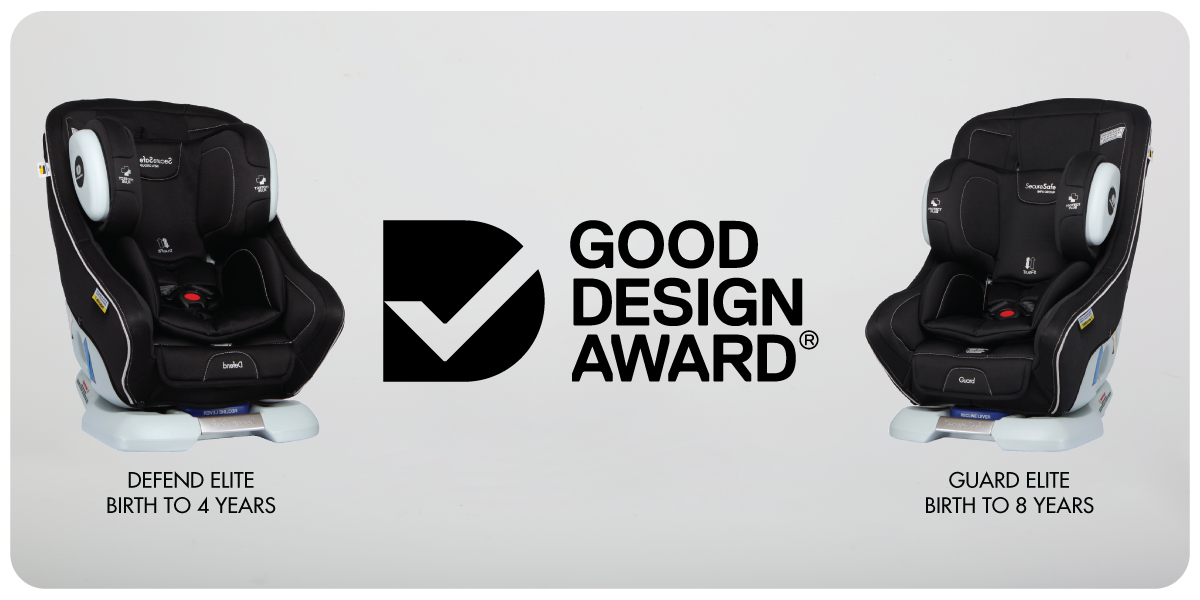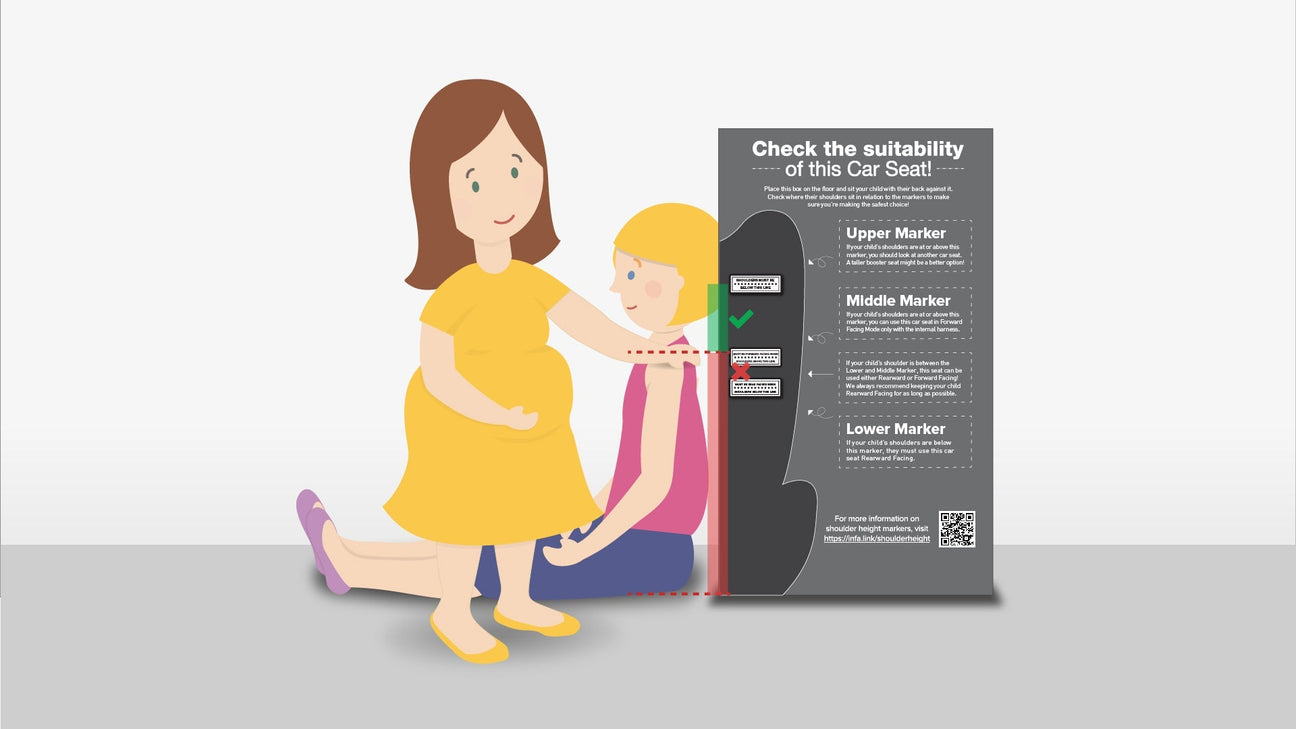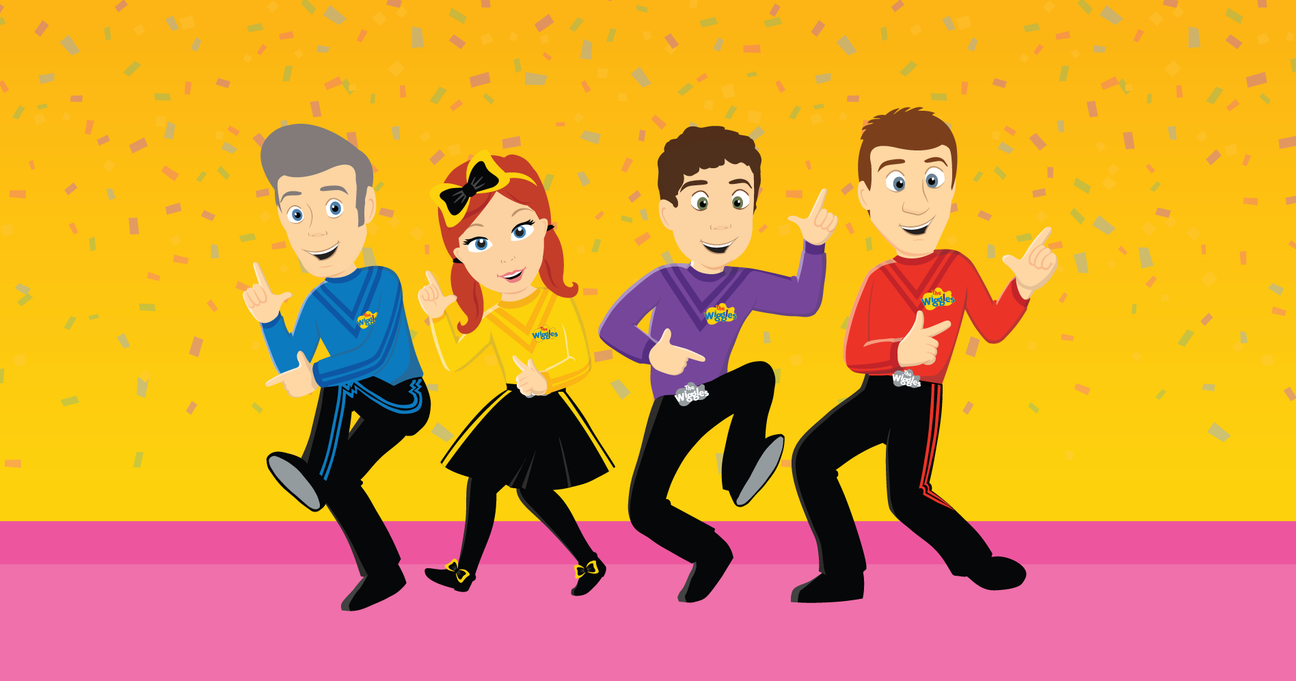One of the more confusing aspects of keeping your children safe in the car is when to move them up to the next category of child restraint. It's an often complicated process, so we've put together the following guide to help you make an informed choice for your little ones.
Categories and Type Designations
Child restraints come in a number of different categories. These categories are referred to in the Standard as Type Designations, and each type designation is intended to cater to a specific approximate age and size range. Child restraints can be broken into 3 core types;
Rearward Facing Restraints (Type A1, A2 and A4)
Forward Facing with In-Built Harness (Type B and Type G)
Booster Seat (Type E, Type F)
A child is required to travel in a rearward facing child restraint when they are born, and as they grow, they move up to a forward facing seat, then if required, to a booster seat.
Transitions
Deciding when to move your child up to the next category can be confusing. This is in part due to the inconsistencies between the Law and the Standard (the Law uses ages, the standard uses seated shoulder heights). Parents can often view moving their child up a category as a sort of milestone, and while we understand that it’s easy to get caught up in the joy of watching your little ones mature and grow, we strongly recommend that children are kept in the ‘lower’ or ‘earlier’ category for as long as the shoulder height markers allow. This ensures that your child has the optimal level of protection for their size and shape, which is much more critical than their age.
It's also worth noting that child restraint design must also take into account the multitude of sizes and shapes for any given age range, which is why there is a built in cross-over between each transition period.
Rearward Facing to Forward Facing

Rearward Facing car seats are for babies and smaller children.
Turning your child around to forward facing prematurely can have a number of critical safety implications. Infants generally don’t have the appropriate strength in their torsos or necks. This can lead to them slumping, falling forward and generally being out of the optimal position in the event of an accident.
While the current road rules and laws state that children MUST be rear-facing to 6 months, we view this as a minimum, and strongly recommend that children remain rear facing for as long as the shoulder height markers allow (It is important to remember that we are really looking at the appropriate size of the child to the restraint, not the age of the child).
If an infant is seated in a forward facing position before they have appropriate neck and torso control, they risk;
- possible neck injuries
- slumping forward, with the possibility of pinching off their airway (this is called postural asphyxia)
- possible throat contact with the crotch buckle, and
- chance of ejection from the seat due to their small shoulders flexing and the shoulder straps slipping off.
In a rearward facing restraint, the impact loads are distributed uniformly over the back of the head and torso without the same intense forces where the in-built harness contacts the child. There is little to no chance of throat contact with the crotch buckle and the child is ‘cupped’ by the restraint, eliminating the chance of ejection (as long as the in-built harness is correctly adjusted).
In-Built Harness to Booster Seat

Forward Facing Car Seats are for larger and older children
The transition from forward facing restraint with in-built harness to booster seat is as important as the rearward to forward transition. Vehicle seat belts are designed for larger bodied passengers, and do not offer appropriate protection for most children. Booster seats are primarily designed to better position the seat belt on an older child, but for smaller children, even this is inappropriate.
When a small child is placed in a booster seat (or worse, in a lap sash seat belt with no booster seat) prematurely;
- The vehicle seatbelt will very likely be incorrectly positioned on the child’s shoulder, which can result in their torso coming out of the seatbelt system and a dramatically increased level of forward movement of the torso and head.
- A child who is not ready for a booster seat may also find their head does not position in the headrest correctly, which could contribute to head injuries in a side impact accident.
- Younger children may not be intellectually mature enough to deal with the responsibility of wearing a seatbelt in a booster seat, and may slip their arm over the belt or interfere with the operation of the seatbelt system in other ways.
The optimal way for a forward facing child to travel is in a restraint with an in-built harness. The harness will minimise forward movement of the child’s head and shoulders, and the seat will better retain a smaller child’s head in a side impact accident.
UPDATE: Type G Child Restraints
Type G child restraints are forward facing car seats designed to be used with the in-built harness from approximately 6 months through to 8 years old, which covers most of the normal Booster Seat age range. Our Emerge and Grandeur are such seats, and are the best way for larger children to travel in the car.
Booster Seat to Adult Seatbelt

The transition from booster seat to adult seatbelt is often one of the more frequently premature. The risks associated with a child taken out of a booster seat prematurely are;
- The seatbelt will not locate correctly on the child’s shoulder, allowing the child’s head and torso to move forward in an accident.
- The lap belt will not locate correctly over the child’s thighs, resulting in submarining and abdominal injuries.
Submarining is when a child slips under and out of the lap-belt, and has resulted in internal injuries and fatalities in Australia.
To determine if your child is ready to move out of their booster, they should pass the Five Step Test;
- Have their back completely against the backrest of the vehicle seat when seated.
- Have their knees bent comfortably over the lip / edge of the vehicle seat when seated.
- Have the sash / shoulder belt positioned between their neck and shoulder when seated.
- Have the lap belt firmly positioned across their thighs when seated.
- Be able to remain seated as above for the duration of the trip.
If your child is unable to pass any of the above criteria, they should remain in their booster seat.
You don't buy bike helmets that are too big, so why do it when it comes to car seats?
Don’t Rush
It's exciting to see your little one grow and mature. They'll hit many milestones as they do, and each one will make you proud (and sometimes a little sad!), but moving up to the next category of child restraint is not something to be rushed. Child restraints are designed for specific uses for specific little bodies – you wouldn't buy your child a bicycle helmet that was too big, and nor should you when it comes to child restraints.
Having said that, we’re very aware that it’s confusing sometimes. Taller / larger children can be especially challenging, as they often outpace the recommendations given by the law and manufacturers. There are also various sub categories within each core category, with different shoulder marker heights and approximate age ranges, which means there may be options within your child's current category that could be explored before moving them up. We urge parents to use the shoulder height markers as the first and most important measure of suitability for their children, whether they’re small or large, or right on the average.
And of course, if you’re ever unsure, you can contact us anytime for information and advice, and we'll be happy to help!








